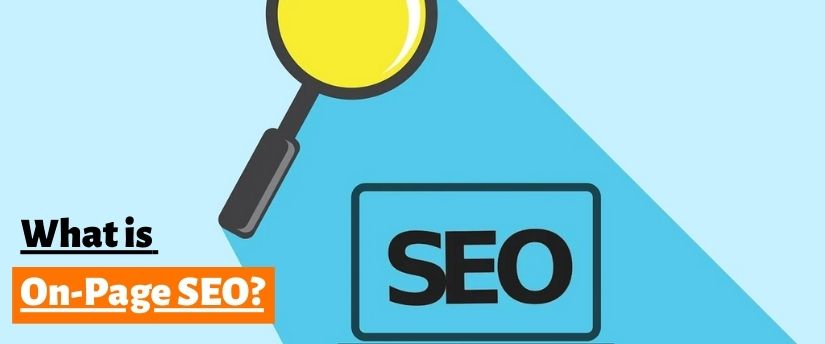A Comprehensive Guide for Success
Optimizing individual web pages to improve their search engine rankings is called on-page SEO or on-site SEO. Increasing organic traffic is also helpful. Several elements, including content, HTML source code, and images, require optimization to optimize a webpage. To enhance its search engine friendliness, this is done. Essential to succeed in the digital marketing industry is having a firm grip on effective on-page SEO strategies.
The ranking of your website on SERPs greatly depends on On-Page SEO. When you optimize your webpage, it becomes more capable of attracting organic traffic while also enhancing user engagement and the performance of your website. Improving your site’s visibility, credibility, and user experience becomes possible with a proper focus on on-page SEO. This ultimately results in increased conversion rates and improved ROI.
Key On-Page SEO Factors
Title Tags
The title tags define a webpage’s title and appear on SERPs. Their aid helps search engines and users grasp the page’s topic. To optimize the use of title tags on your website, include target keywords while keeping their length under 60 characters. Make them unique and relevant.
Meta Descriptions
Your web page’s content can be summarized through meta descriptions, which appear below the title tag on SERPs. Informative and engaging content must incorporate your primary keyword. Try to ensure that your meta descriptions fall between 150-160 characters.
Header Tags
Search engines and users can more easily read your content when you structure it with header tags like H1, H2, and H3. Your header tags should contain the target keywords and be utilized to showcase the primary themes of your substance.
Content Optimization
On-page SEO demands high-quality, original, and informative content. Offer value to your users by addressing their pain points, answering their questions, and proposing solutions. While creating content, prioritize readability and include appropriate keywords without keyword stuffing.
Image Optimization
Adding images is an effective method to boost engagement and enhance user experience. Make your images better by utilizing descriptive file names, including relevant alt text with keywords, and compressing them for faster loading times. Choose the proper file extension, such as, JPEG or PNG.
URL Structure
Having a neat and informative URL scheme is beneficial for both search engines and site visitors to comprehend a webpage’s content. One should consider including their target keywords, using hyphens to separate words, and keeping URLs short and simple.
Internal Linking
By linking pages internally, your website allows users to navigate between them more easily. Search engines can better comprehend your website’s structure with its assistance. Link to high-quality and related content on your site using relevant anchor text.
Tracking On-Page SEO Performance
To determine the extent of your on-page SEO efforts, use Google Analytics and Google Search Console tools to track your site’s performance. Bounce rate, organic traffic, and average session duration are all accounted for. By analyzing these metrics regularly, make data-driven adjustments to improve your on-page SEO strategy.
Conclusion
A successful digital marketing strategy requires mastering on-page SEO. Through optimization of title tags, meta descriptions, header tags, content images, URL structure, and internal linking, you can enhance your website’s search engine rankings, user experience, and overall performance. More conversions can be achieved by increasing traffic and engagement. Adjust to stay ahead of the competition by tracking your on-page SEO performance.




Leave feedback about this